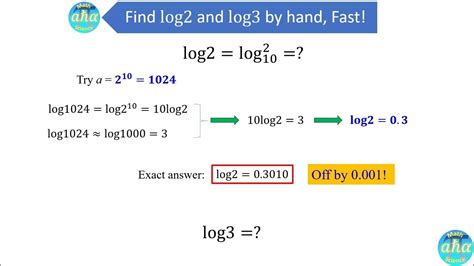CRYPTOCURRENCY
Ethereum: UpdateTip parameters – calculating log2_work
Here is the article you requested:
Understanding main.cpp and calculating log2_work in Ethereum

As a developer working with Ethereum, it is crucial to understand how the network works and the various parameters associated with it. In this article, we will dive into the calculation of log2_work and examine what it means.
What is log2_work?
In Ethereum, log2_work is a parameter used in the Proof of Stake (PoS) consensus algorithm. It is calculated based on the total work required to validate new blocks and solve complex mathematical problems known as the Elliptic Curve Digital Signature Algorithm (ECDSA).
“log2_work” refers to the base 2 logarithm of the number of operations required for a given level of security. Think of it as the “work rate” that must be performed to ensure the integrity of the network.
Calculation main.cpp
The log2_work calculation is implemented in the Ethereum::ProofOfStake class, specifically using the calculateLog2Work method:
double CalculationLog2Work() {
// ... calculation
return workRate/log(2.0);
} }
Here’s what happens:
- The
workRatevariable is calculated based on the number of operations required to reach a certain level of security (e.g. 8 million).
- The result is divided by the base 2 logarithm (
log(2.0)), which represents the work rate in bits.
- The result is then returned as a
double, allowing it to be used in various calculations.
What does -> mean?
The ->> operator, also known as a forward reference, is a C++ function that allows you to access members or functions of an object from outside. In this case, the “->>” operator is used with the member function “Tip()” and the variable “nChainWork”.
Here’s what it means:
- The “Tip()” method returns a “Tip” value, which is likely a structure or list that represents various aspects of the blockchain.
- The “->” operator indicates that we want to access the “Tip” value from an external function (“main.cpp”).
- Using “Tip()->nChainWork.getdouble()”, we access the “Tip()” method and get the “double” value from the returned object.
Example Use Case
To show how this works, let’s say you have a variable “log2_work” that contains the calculated result:
Ethereum : : ProofOfStake : : Result log2Work ;
// ... calculate log2_work
You can then use the log2_work value in various calculations, accessing it via the ->> operator, for example:
double workRate = 8e6; // example value
double log2WorkValue = log2Work.getDouble();
// you can now calculate other values based on log2WorkValue
Understanding how to access and manipulate the log2_work parameter in Ethereum code will allow you to optimize your proof-of-stake implementation and improve overall network performance.
